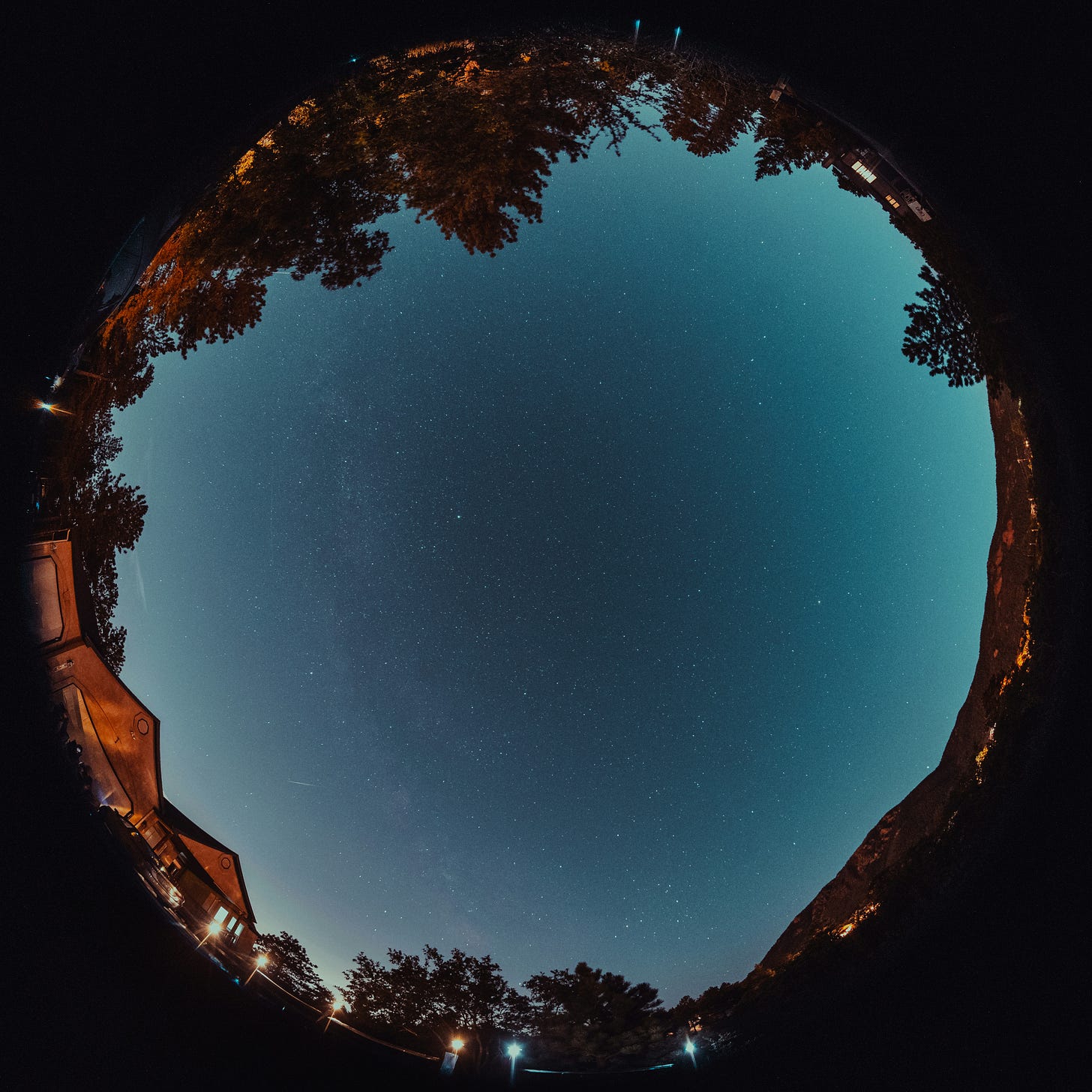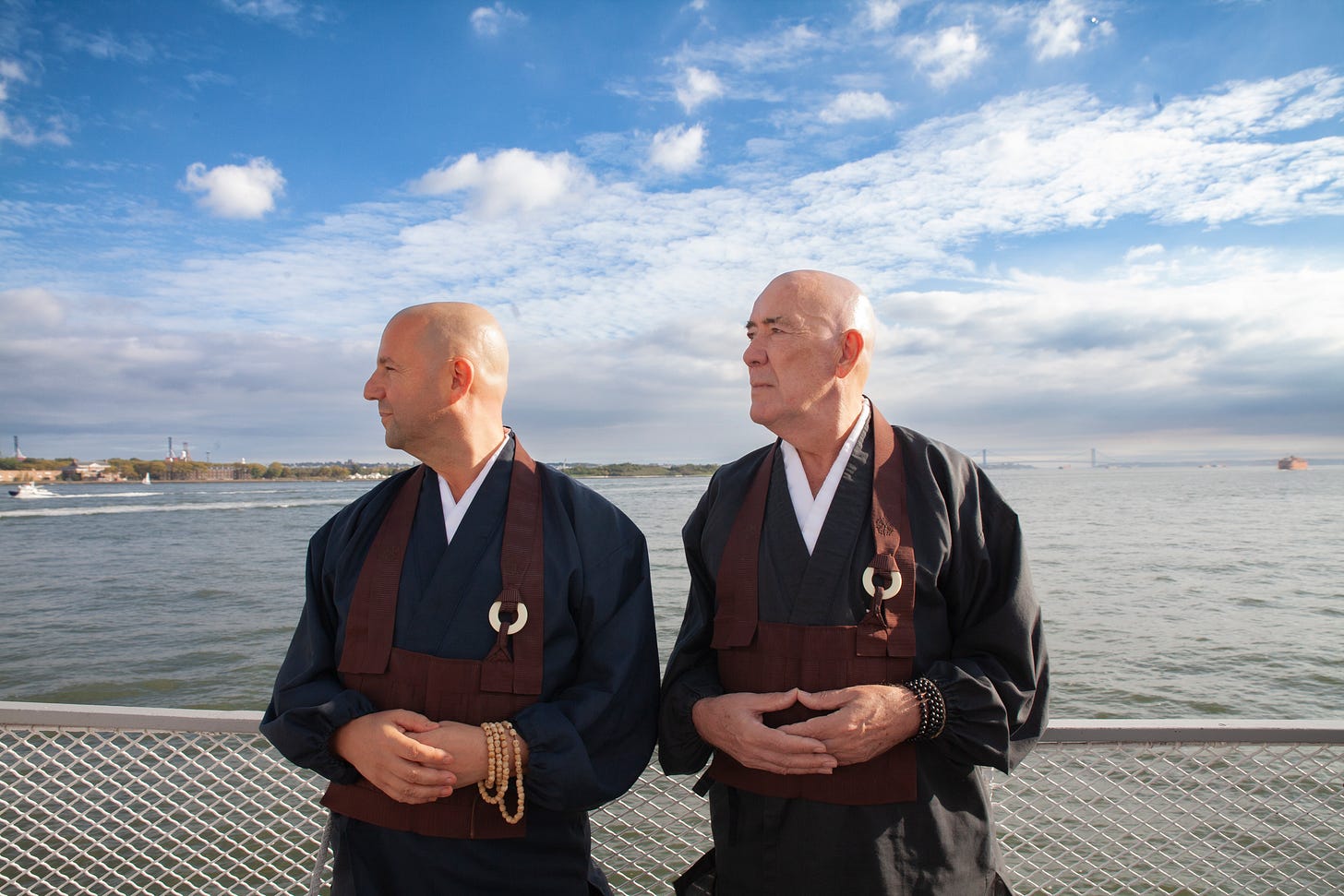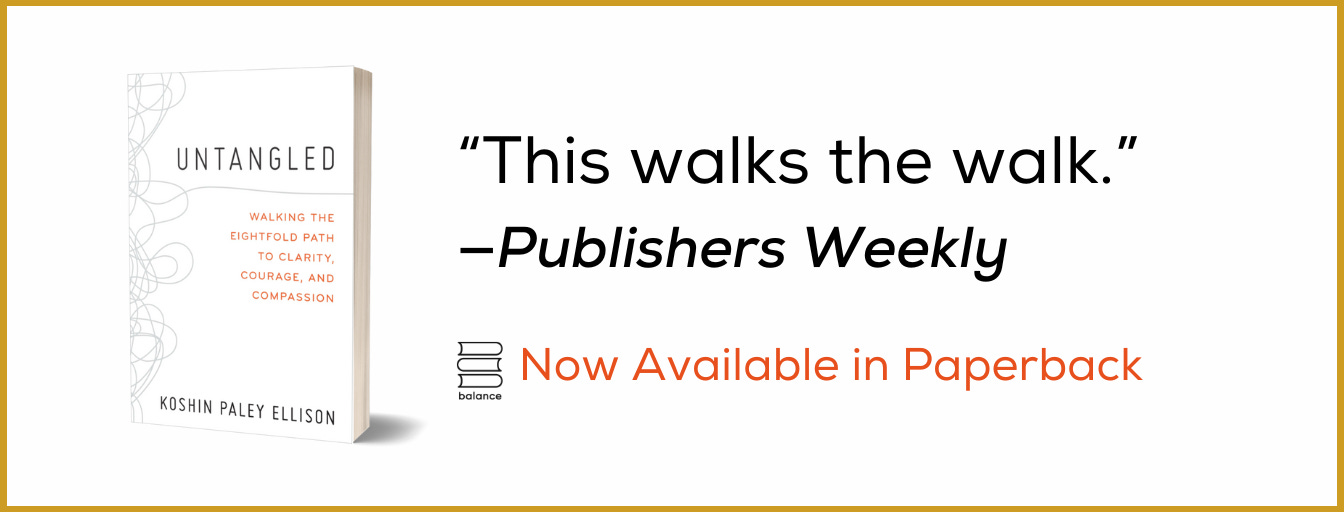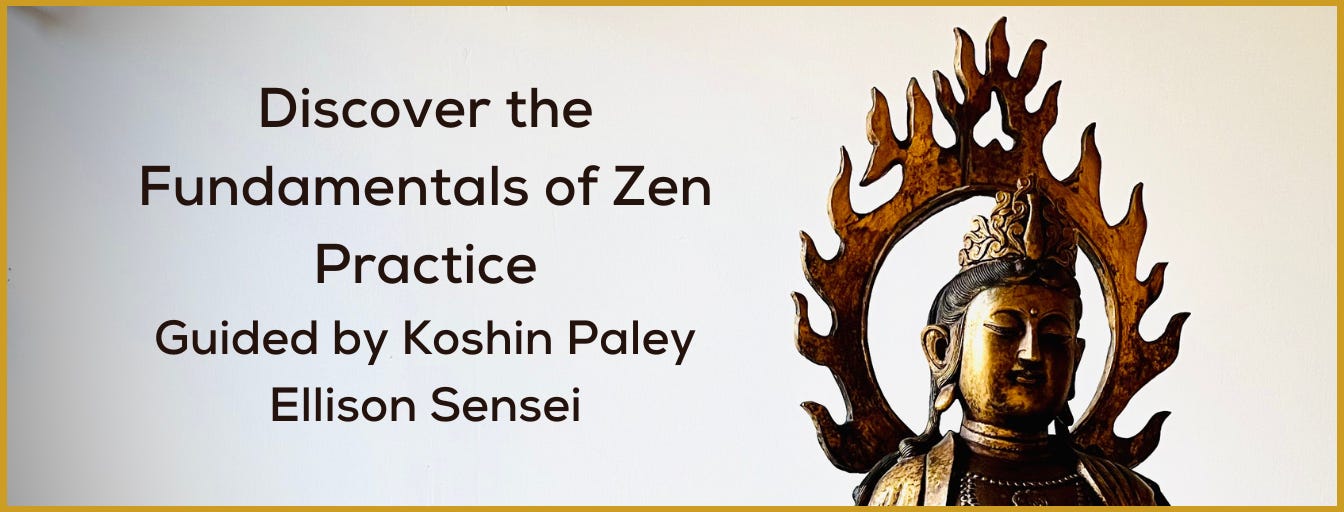“Attention is the rarest and purest form of generosity.” — Simone Weil
As a Zen teacher, I am constantly giving attention to what supports or undercuts my students’ learning. Recently, a number of my students spoke about the challenges of giving their full attention to others and to the world around them. I wondered about this.
A few mentioned the constant bombardment of notifications and news and noise coming through their smartphones. Others spoke about how visceral memories can come up from within their bodies quite suddenly and pull their attention to the past, often to experiences of deep pain they wished would go away. Some shared that strong emotional reactions to the people around them or to events in the world can make it hard to pay attention to what’s actually happening.
Listening to them I felt deep tenderness and curiosity.
The capacity to pay close attention to the present is impacted by both the thoughts, emotions or sensations that we do and don’t want to face.
And, there is a fundamental misunderstanding. Attention is not about trying to myopically focus on only one thing. How can paying attention allow us to expansively open up to include and experience more of the whole?
Widening Out is a Place of Practice.
In my understanding of the Soto Zen tradition, we do not cultivate attention is such a way to only focus our concentration; instead, we liberate our attention so that we can pay attention in a 360-degree way.
The expansion of our attention can liberate wisdom, promote mental flexibility, and introduce us (again!) to the compassion in the whole of our life—moment by moment.
I am reminded of a teaching by Dogen Zenji, one of the founders of Soto Zen. In a text offering guidance to a head cook, Dogen says that an “appropriate manner of putting the mind of the Way to work” is through a vow of attentiveness. Many of us do not understand the importance of this vow because, Dogen writes, “your thinking scatters like the wild birds and your emotions scamper around like monkeys in the forrest.”
Too often, our monkey mind is on the run, missing most of what’s actually happening. Like my students, many of us easily turn away from what’s uncomfortable, sometimes even from what’s delightful.
For some of us, truthfully, pleasure and enjoyment can actually be uncomfortable and even threatening. And while it may sound counterintuitive, learning how to pay attention is, ultimately, learning how to bear witness to what is intimate, and to not turn away from it.
For Dogen, cultivating an expansively attentive heart-mind manifests the capacity to remain still in the face of discomfort because “although you are turned around by things, you can also turn things around.” Perhaps in all of this turning, things are more clearly and more completely seen.
There is an old story from China in which seven sisters are hanging out, wondering how they want to spend the day. One says, “Let’s go see the gardens and plants.” Another says, “Let’s go to the charnel ground. We can watch the jackals and vultures eating the bodies!” The others all say, “Okay, let’s go.” And so they go.
These sisters are open to all types of experience, to all the textures of life. Once they reach the gardens, one of them says, “There are bodies here, but where do the people go?”
This question provokes them, and they all wake up. Now, Indra (the king of the gods) is so impressed that they could penetrate what so many fear to pay attention to that he offers them a boon. However, they reply that they don’t want anything. But he presses them and, eventually, they ask for “a shadowless tree and a valley that has no echo.”
Indra doesn’t understand this, so the sisters send him to the Buddha, and the Buddha says, “They’ve woken up, so they don’t need anything. They’re free, they’re complete.”This story is an inspiring example of the power of fearless attention.
When we’re willing to go toward what we conditionally fear, that’s a road to freedom.
The sisters realized there was nothing solid to be afraid of; the corpses were a process of constant change, empty of any persons or anything to fear.
This kind of transformation reminds me of my favorite Sesame Street book, The Monster at the End of This Book. The book starts with lovable, furry old Grover in a panic. “There is a monster at the end of this book. So please do not turn the page.” As you turn the pages, he pleads, begs, and tries to stop us from turning the pages. Each page he becomes more and more undone and exhausted. At last, we turn the page to the end of the book and who is there? Grover in his sweet blueness. We realize what we fear is often not tangible or actually there. It is our small mind and its limiting ideas that cause suffering and struggle.
Facing our fears is a place of practice.
Let’s practice together.
How do you move away from your fear or that which brings you joy? How do you close down? Do you tense up? Do you make excuses or mentally turn away?
However you respond, the next time you feel this impetus, notice your instinctual response and instead of following this impulse, try to stay with the sensation. Breathe into whatever is pulling your attention away from the present moment. Can you allow yourself to stay grounded and widen out without needing to change or escape?
It is important to remember that there is nobility in learning how to ground ourselves in our own experience, in our bodies, so we can do something new, move beyond old patterns, and see what else is possible in any situation.
Let’s have a dialogue.
When was a time that you were able to stay present without the need to change or escape from what you were feeling? I’m curious. What supported you in that moment? We all have our own methods and means, and what works for you might or might not work for someone else. Please share your experiences and insights in the comments below.
May you have the courage to not turn away from that which delights you and that which you fear. Stay open and practice cultivating a 360 degree view.
Koshin.










Dear Koshin and Sangha,
I love being together even in the smallest ways. Offering our hearts to our own life and the lives of eachother.
So, here is a way I have been practicing ina whole hearted fashion of radically saying Yes to what’s here: and here is an example , last Saturday I read up about the meeting between the trump admin and Pres Zelensky. It was late and just before bedtime I was alone in a quiet Airbnb far from home. As I lay there on the bed, I asked what’s here? With open curiosity, I noticed nausea, a dark sharp sinking pit in my stomach, some tightness in my chest and a mildly rapid heartbeat. Lingering here for a moment with kindness and tenderness, allowing for a stretch of space and time, . Then I asked what else is here now? What’s pleasant or neutral? The soft pillows and crisp sheets, the whirl of the electric heater and the stillness in the air felt sweet ushered in relaxation and ease. I pivoted back to the belly and noticed that the sensations were much more spacious, and then back to the soft pillows rhythmicly pendulating. I fell deep asleep
Giving birth to my first child was long and hard but I was determined to (and did) journey through it naturally and without any intervention or medications. I went jnto that experience curious about how much discomfort and suffering I could handle, and when it got crazy, my midwife (who spent hours on her rocking chair, knitting and telling me I was ok) taught me to visualize the discomfort. She helped me think about putting the pain on exhaled breath, and as my breath left me, to imagine it as a long spiral connected to me but unfurling into space in ever-widening arcs. By thinking of suffering as something I could see, maybe even touch and turn over, and as something that was connected to me but also was NOT me, I learned to get curious about it and examine its edges and limits. I still use that technique. When something feels tortuous, I sometimes breathe it out and wonder what shape it is as I look at it, tethered to me but also its own thing. And sometimes when I’ve imagined its shape, I can then play with it a little, interrogating where its boundaries are, how heavy it is, what it wants to tell me. Sometimes that can help me stay with something for a little longer than I’d be otherwise able to.